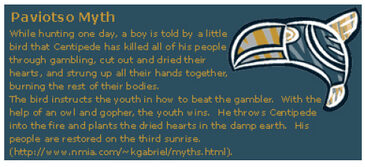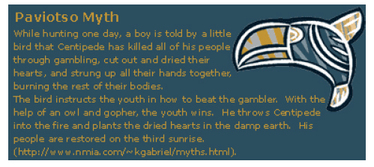According to Rose (1986, 1995), the United States has experienced three eras of legalized gambling. The third era began in 1931 when Nevada again made casino gambling legal; it continues today (Rose, 1995). The second era took place during the Civil War and the expansion of the western frontier (Rose, 1995). Finally, the first era of legalized gambling, according to Rose (1995), swept across colonial America in the form of both government approved and private lotteries. Gambling for entertainment as well as practical purposes, however, existed even before Paul Revere and King Gorge III.
In excerpts from her book Gambler Way: Indian Gaming in Mythology, History, and Archaeology in North America (1996), Gabriel (1998) writes that ancient humans tried to influence the future by means of risking something of value against it. Specifically, Gabriel (1998) asserts that ancient peoples believed that the forces of the gods controlled irregular events like weather, fertility, and famine. They also considered gambling as a means to manage these events and pacify the gods who directed them (Gabriel, 1998). For entertainment purposes, however, gambling was strictly off limits: the ancients considered it dangerous for the gamblers, their society, and the world within which they dwelled (Gabriel, 1998).
A survey of over one hundred Native gambling myths presented in Gambler Way: Indian Gaming in Mythology, History, and Archaeology in North America (1996) confirms gambling’s supposed role in the spiritual world. According to Gabriel (1998), in gaming mythology a “hero gambler” is responsible for protecting his Native community against “superbeings.” The stakes in such confrontations are high, including one’s personal and biological possessions. The Native myth below illustrates this relationship.
While Gabriel (1998) does not present detailed descriptions of the specific games played by Natives like those described above, she does report the assertion of Greek historians that ancient mortals believed Zeus and Aphrodite could be contacted by means of dice toss. In addition, soldier-sponsored lotteries as described in the Iliad were used to implore the gods to select mortal battle
champions (Gabriel, 1998). Finally, the biblical references to the “casting of lots,” argues Gabriel (1998), refers to how God’s will was determined by throwing stone dice. Specifically, in Isaiah
(34:17), dice are tossed to determine a family’s ownership of land that is consequently passed from one generation to the next. As such, the term “. . . lot refers to a portion of something, or to someone’s destiny. . . ” (Gabriel, http://www.nmia.com/~kgabriel/myths.html, 1998).
The preceding discussion is only a synopsis of more comprehensive bodies of work (Gabriel, 1996, 1998) that explore gambling and spirituality from a unique anthropological perspective. Perhaps with more insight into ancient gambling beliefs and practices, contemporary researchers and clinicians might acquire an historic appreciation for the positive role gambling played in some past cultures. Such an appreciation holds the potential to facilitate an improved understanding of contemporary gambling. For example, it is likely that some of gambling’s ancient character still echoes through the motivations and experiences of contemporary gamblers (e.g., level 1-3).
References
Gabriel, K. (1996). Gambler Way: Indian Gaming in Mythology, History, and Archaeology in North America. Boulder: Johnson Books.
Gabriel, K. (1998). Gambling and spirituality: A new anthropological perspective. Available: http://www.nmia.com/~kgabriel/myths.html.
Rose, N. I. (1986). Gambling and the Law ( 1st ed.). Hollywood, CA: Gambling Times.
Rose, N. I. (1995). Gambling and the law: Endless fields of dreams. Journal of Gambling Studies, 11, 15-33.
The WAGER is a public education project of the Division on Addictions at Harvard Medical
School. It is funded, in part, by the National Center for Responsible Gaming, the
Massachusetts Department of Public Health, the Addiction Technology Transfer Center of
New England, the Substance Abuse and Mental Health Services Administration, and the
Center for Substance Abuse Treatment.





